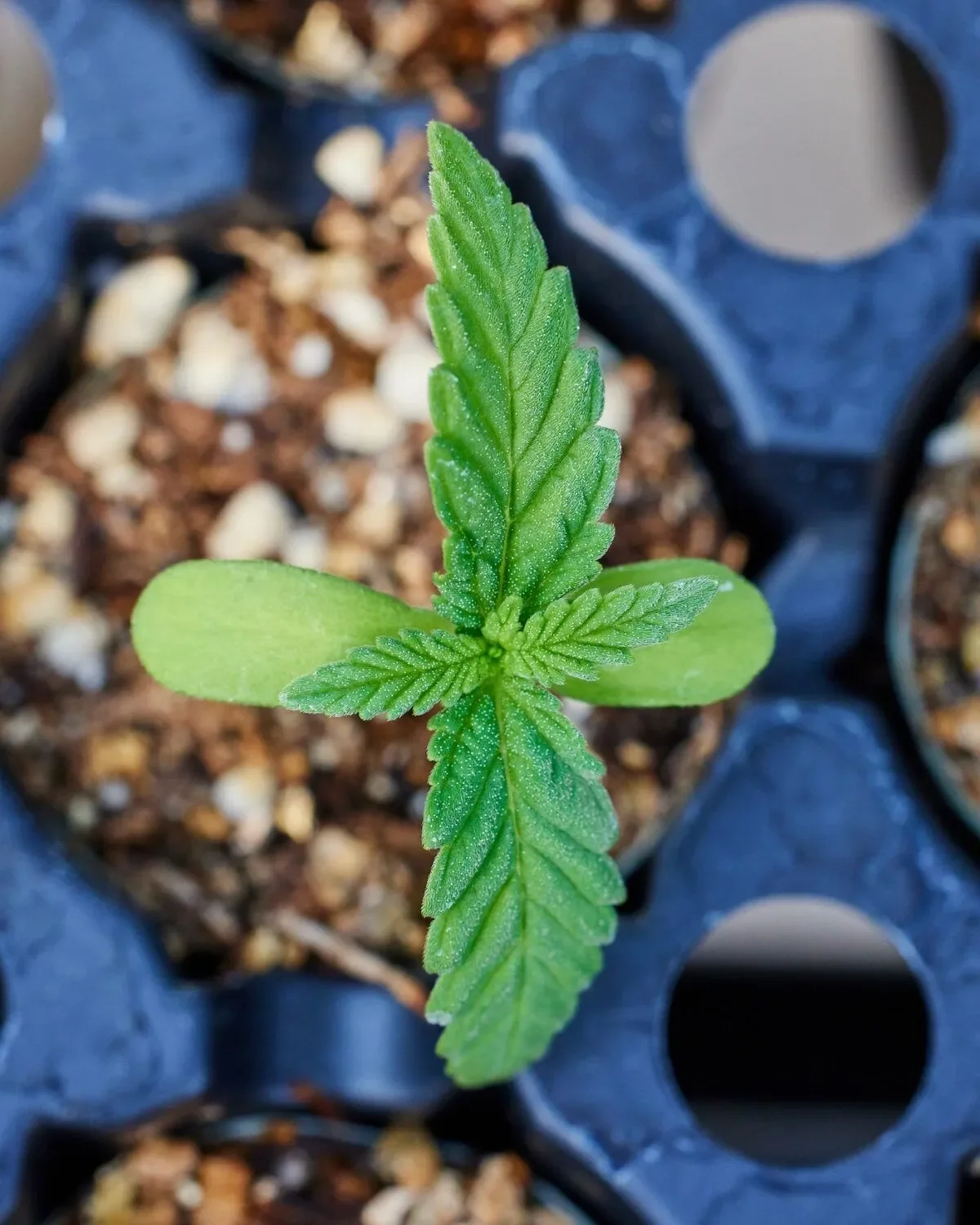Reading marijuana-devoted websites can be both educational and frustrating. The frustrating part begins when people who are in charge of attracting more visitors make up silly meaningless listicles, like this one that claims to provide 17 reasons to date a girl who smokes weed. Of course every girl who smokes weed will click on this. And some of them will also forward the link to their boyfriends, so it works.
I need to say that I highly respect the High Times magazine. It is probably the most important media outlet for drug culture of the 20th century. They still do quality journalism, although they have some competition now. But can’t they do better than trying to imitate Buzzfeed?
Really, this GIF idea is not even working for them: number 17 has a Chris Brown Smokes Up Rihanna GIF. And look what the caption reads: “The couple that smokes together, stays together.” The troubled story of Rihanna and Brown’s relationship was covered by tabloids, so anyone who is interested is free to read up some TMZ archives.
Besides that, Buzzed is not a model cannabis-covering media. They have been harshly criticized for promoting a lazy unfocused stoner stereotype.
But the real problem is in the message. We criticize mainstream media for cultivating the aforementioned pothead stereotype. We know that anyone can be a stoner, and, frankly, we prefer to call it ’a cannabis enthusiast’ or something like that. So why do we support creating a stereotype of ‘a woman who smokes weed’? There is no such thing. There are women who smoke weed, and not all of them are relaxed chicks who are open to threesome experience (as number 11 implies) and have cool friends (or any friends.)
Some of them are stay at home mothers who relax by getting high when the kids are asleep. Some of them are career women who use marijuana to deal with daily stress. Some are students who use daytime strains to feel energized at their part-time jobs. Some are creative professionals who have mastered the art of high brainstorming and stoned planning. Each of them is unique.
Another issue is over-sexualizing marijuana smoking. There are whole websites dedicated to erotic photos of women who smoke weed. And this piece of infotainment also implies that sexy stoner chicks wear stockings (you can keep joints in them!), are good with their hands and tongue, and love to try new things. It is not a secret that in stoner humor women are often shown as sexually attractive ladies who like weed, but don’t know where to buy or how to smoke it.
Meet my friend Helen. She’s a photographer and a digital media professional, she’s in her mid 20s, and she smokes weed several times a week. She is definitely a high-maintenance young woman; her jewelry is perfectly organized, her looks are very thought-through. She will not laugh at your jokes if they are not funny. Helen prefers smoking through a bowl.
And this is my friend Maria. She is in her late 30s, but if I asked you to define her age basing on her looks, you would probably say 31-32. Maria knows how to roll a spliff and how to run a company. She is happily married and she has a teenage son. Before the recent recession in Russia, her career had been thriving; she’s now a freelance translator, and a successful one.
Diana works as a waitress in a cafe that belongs to a famous designer. Sofia is a researcher at a biotech lab. Jessica is a radio host and TV producer. They are all normal woman, not some mythical relaxed sexy chicks. The society would have done a very good job if it stopped treating women who smoke weed differently than other women. Cannabis consumption does not define us.
Article written by: By Maya Novikov from www.MonroeBlvd.com





